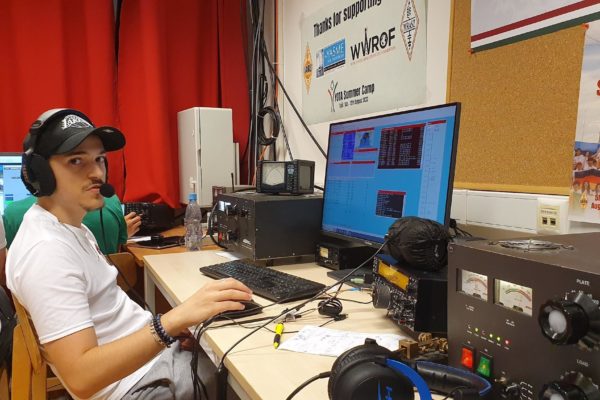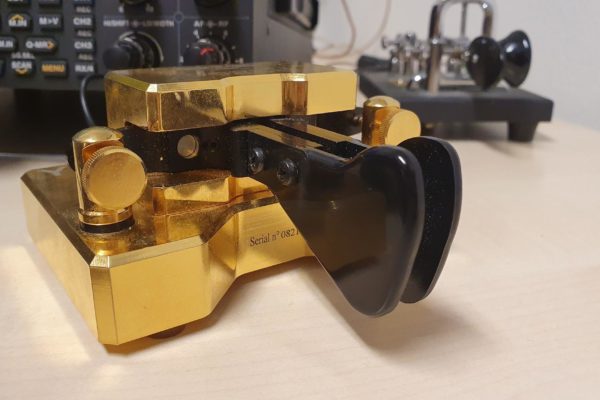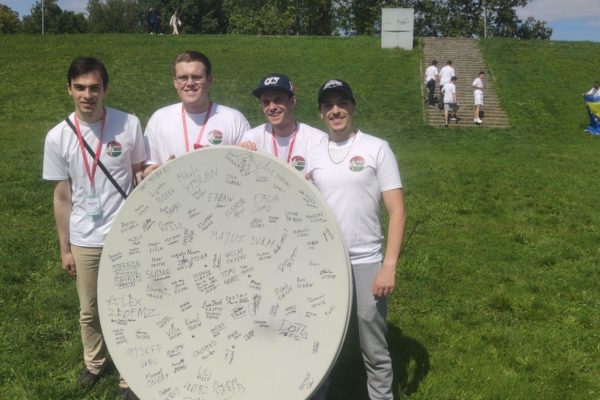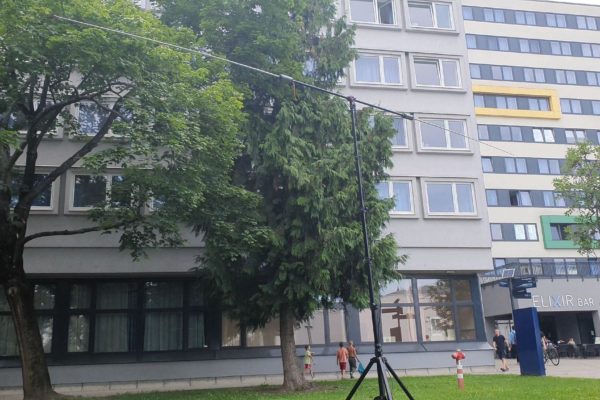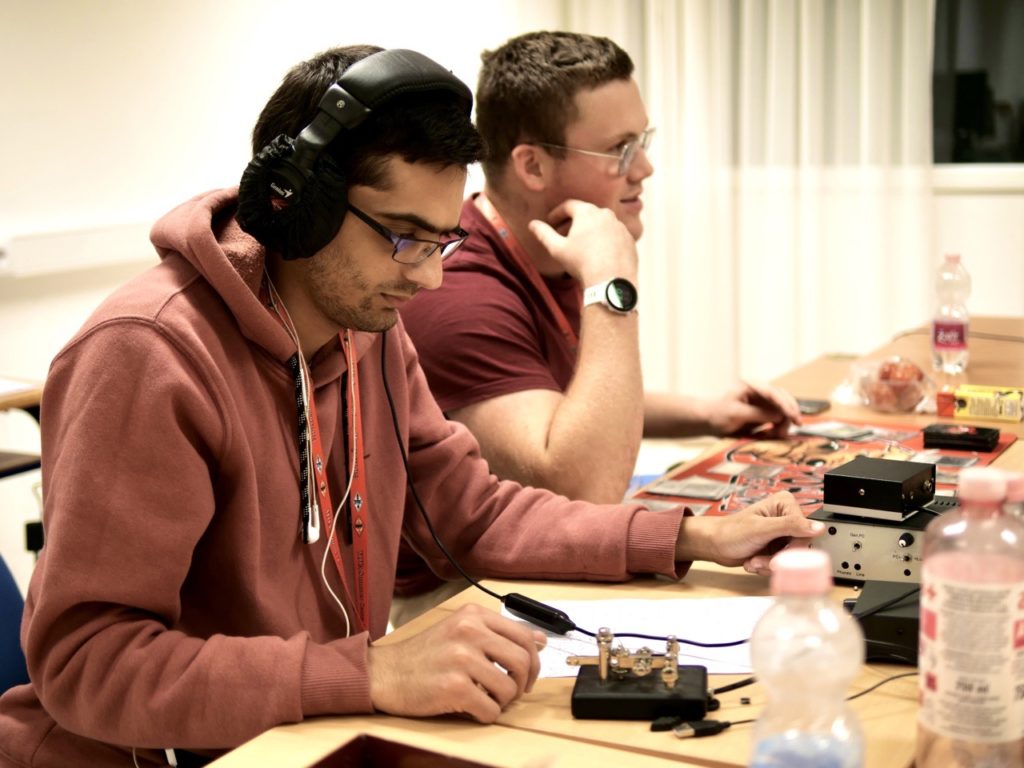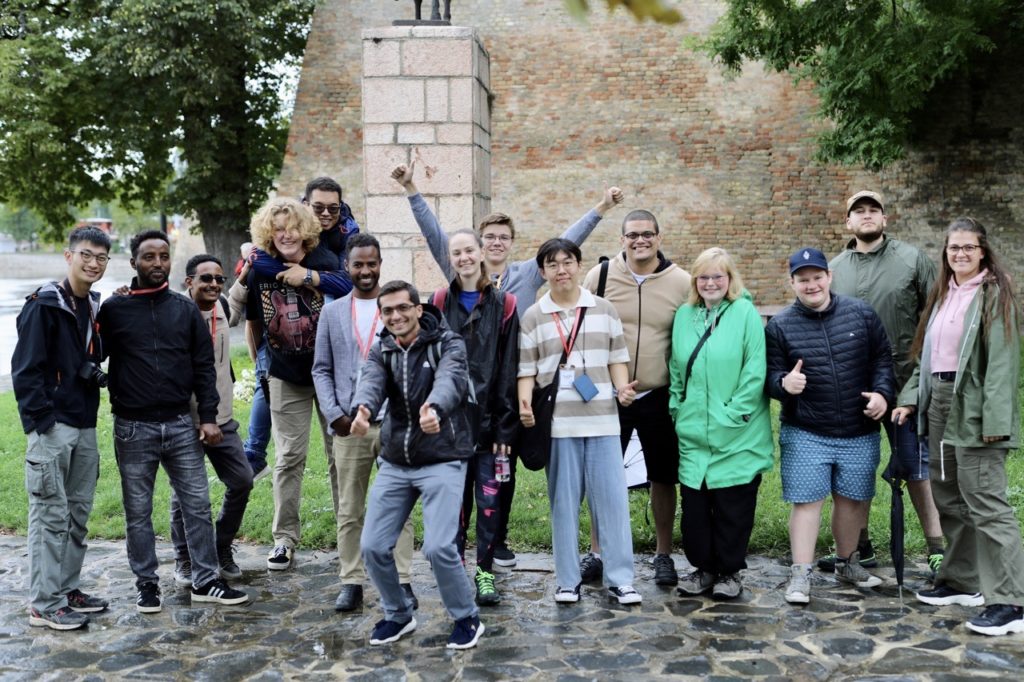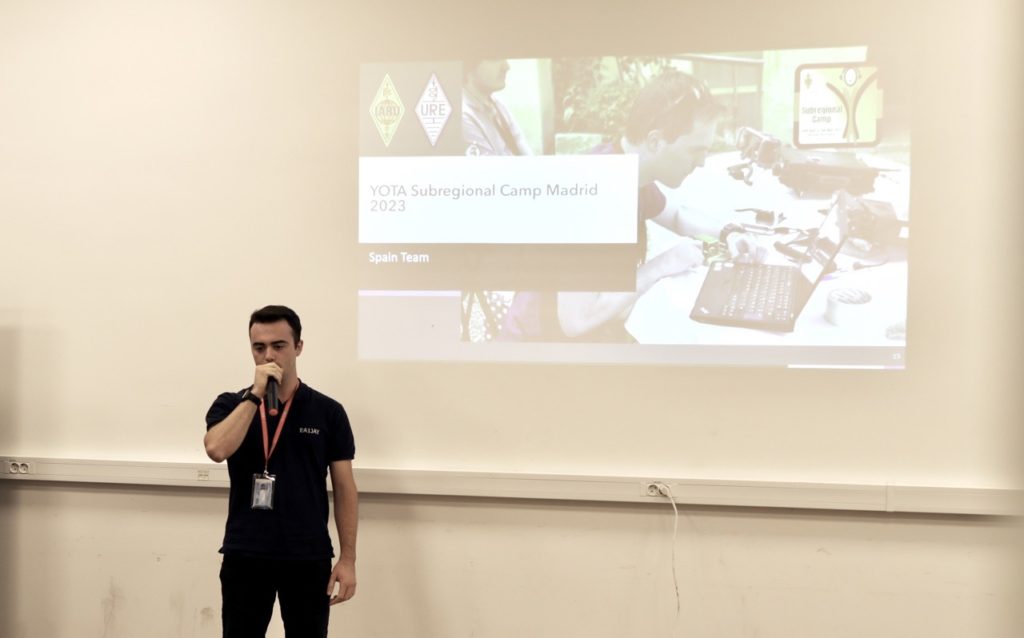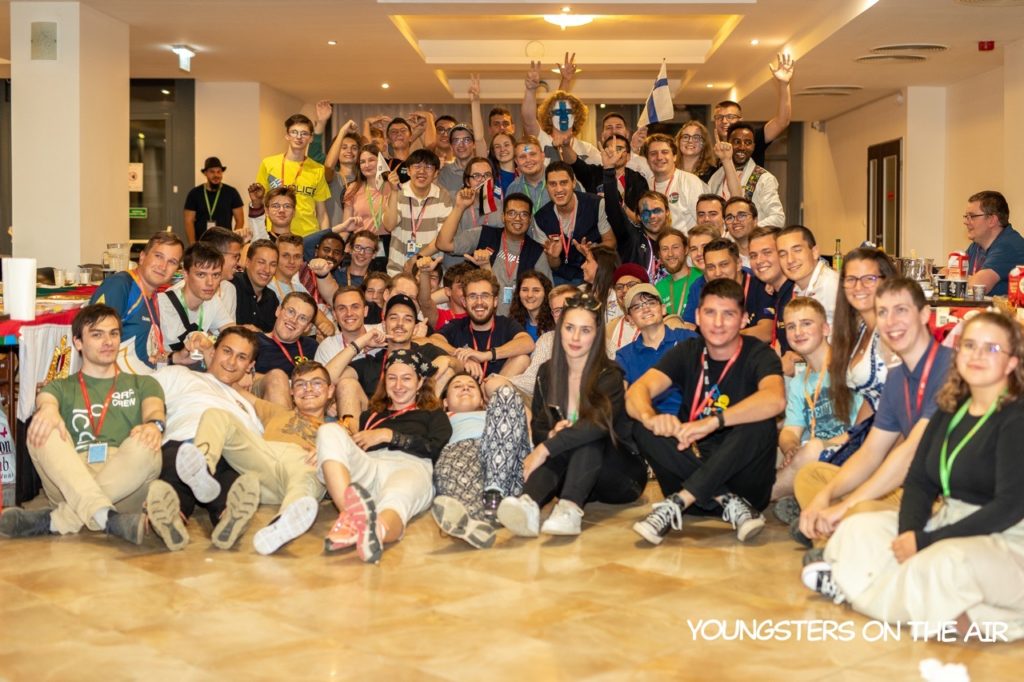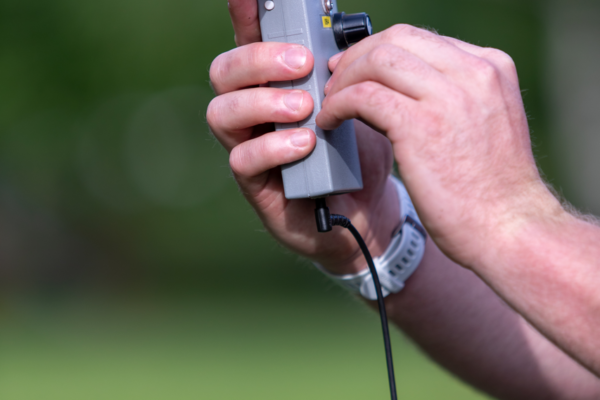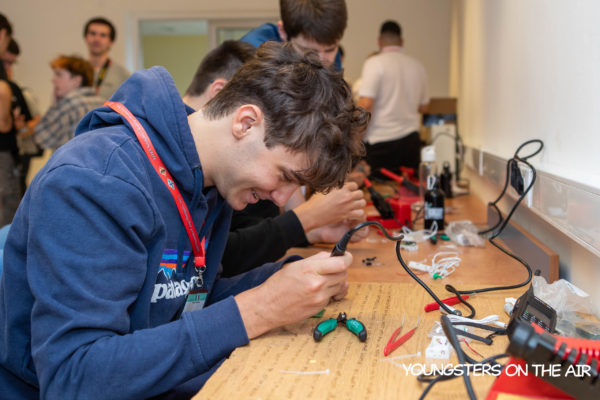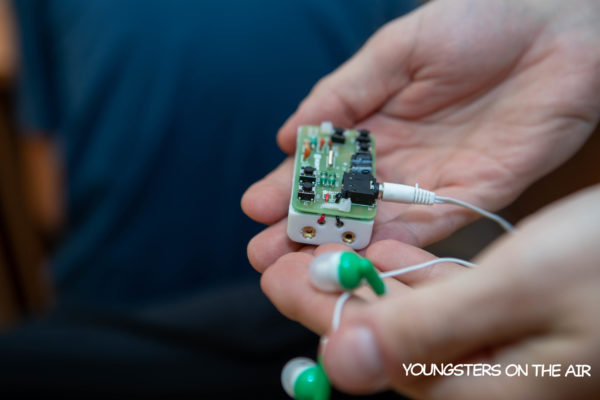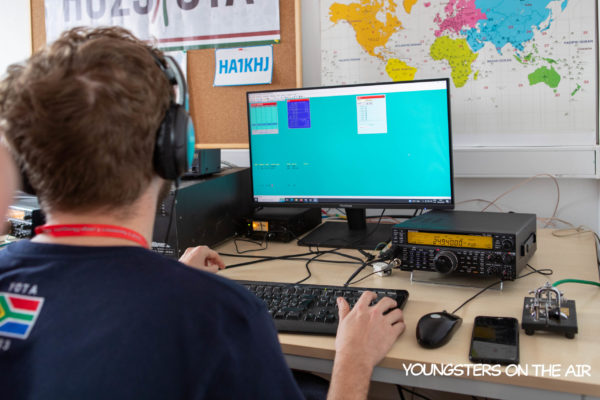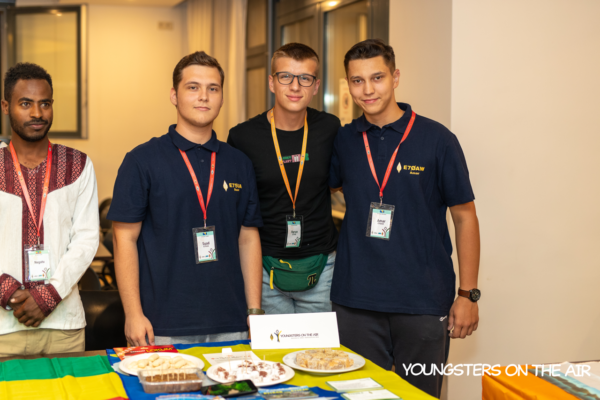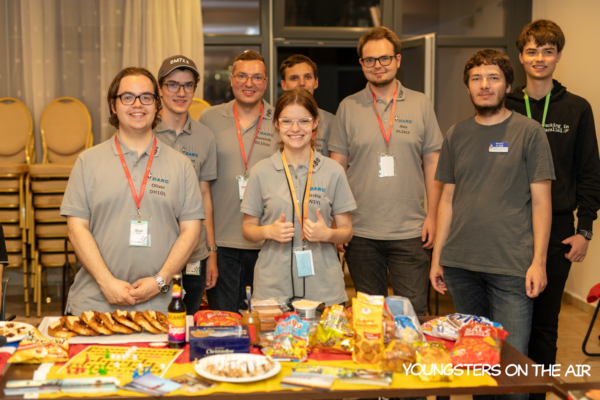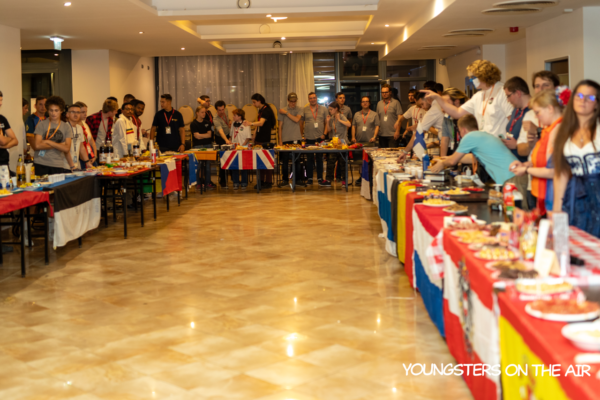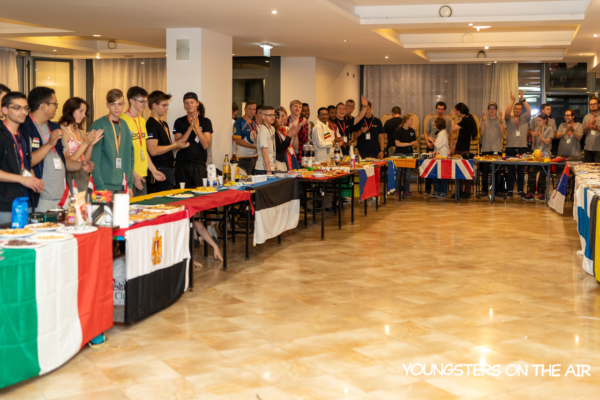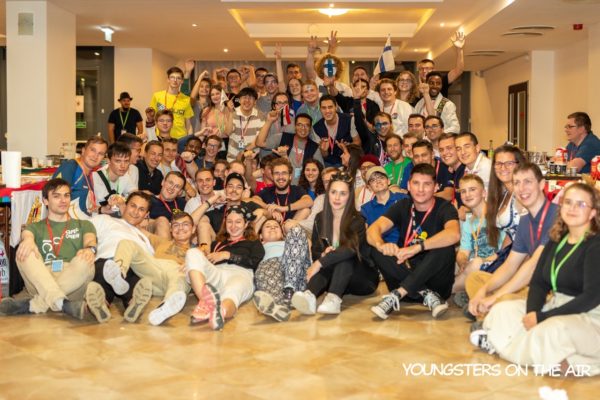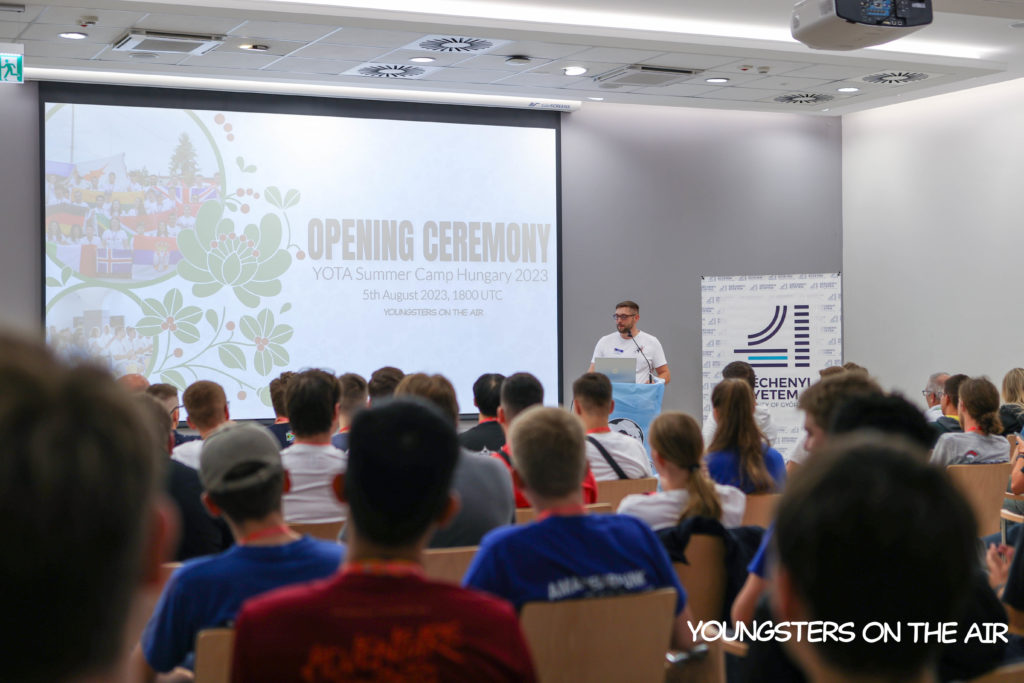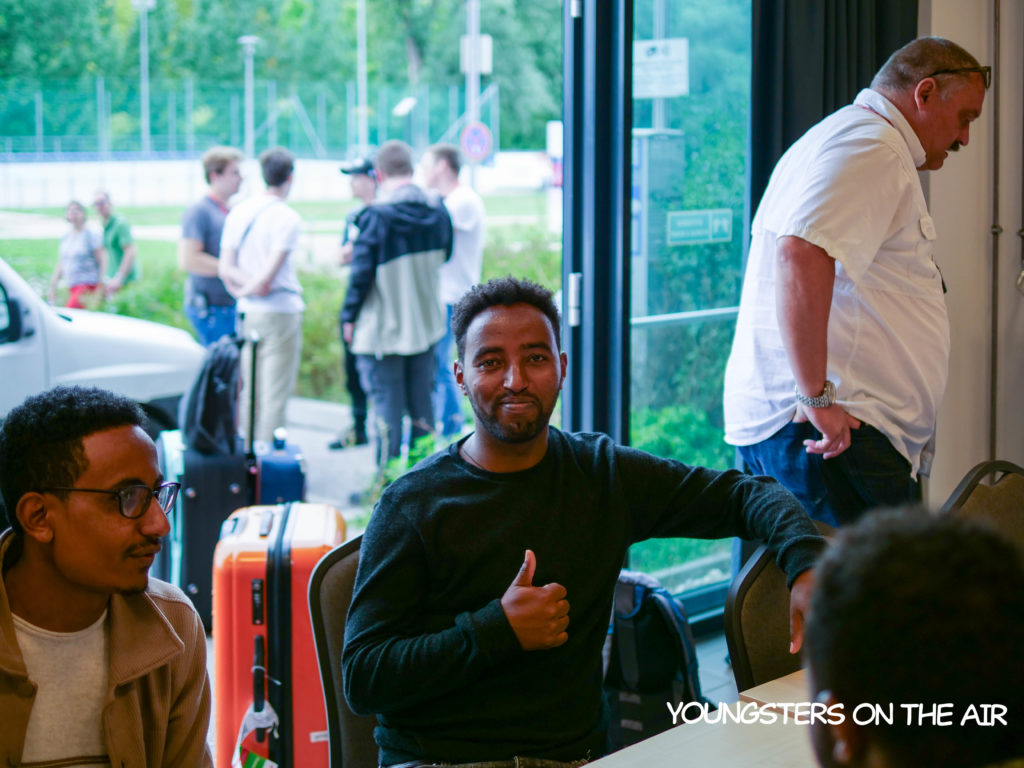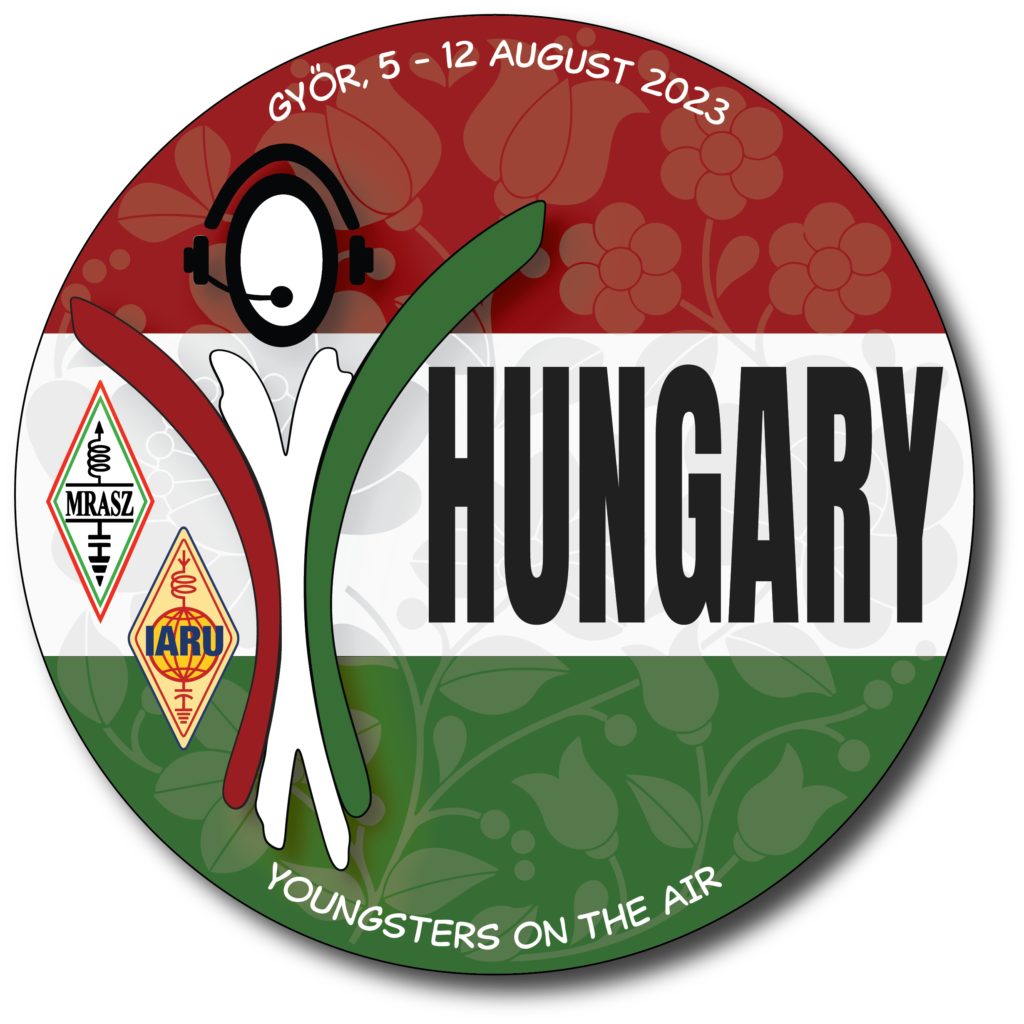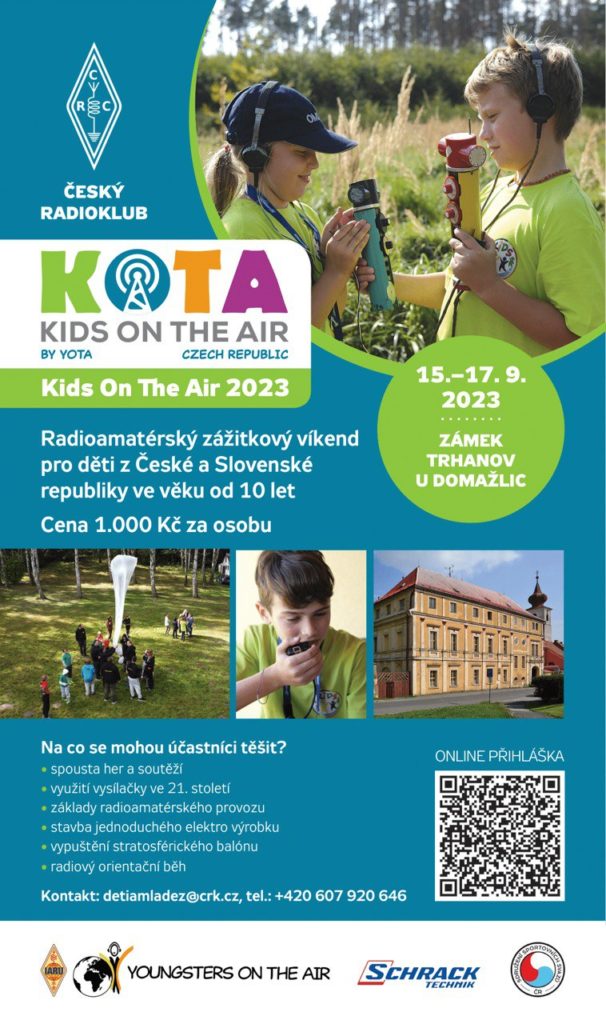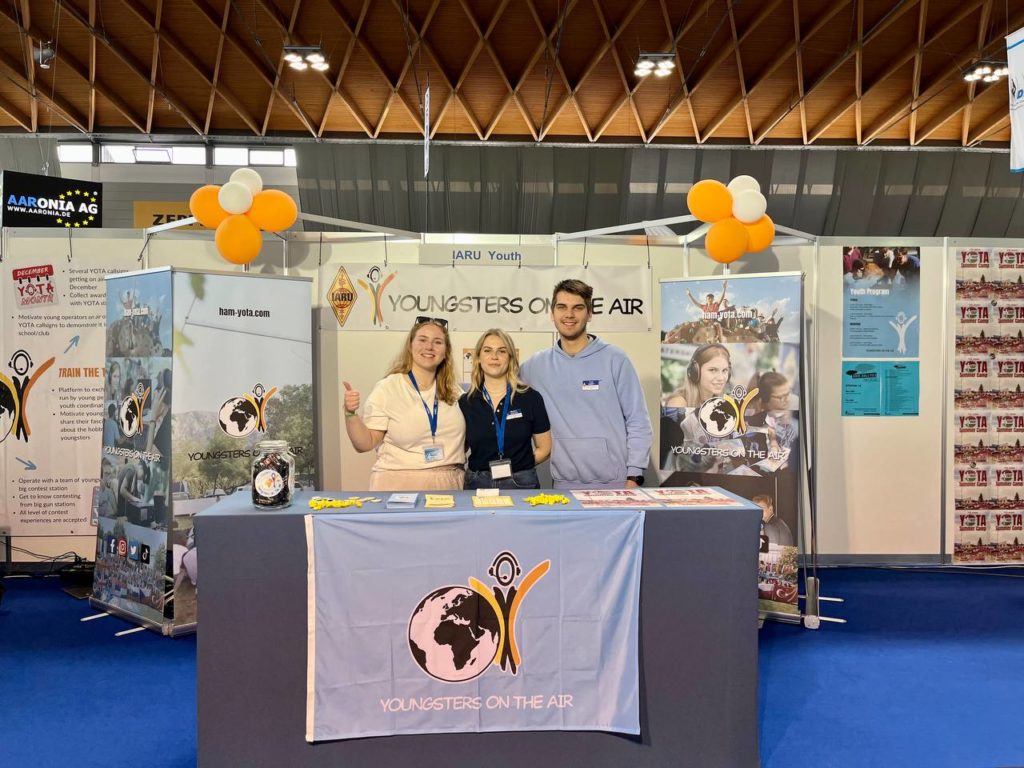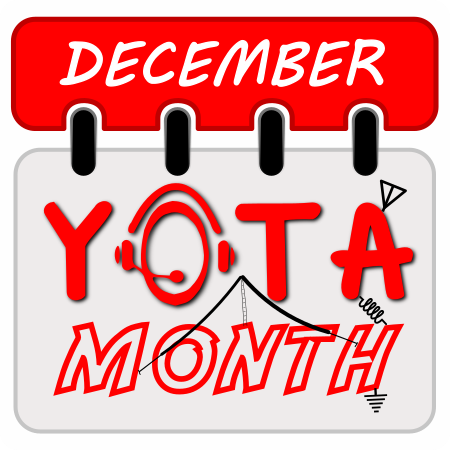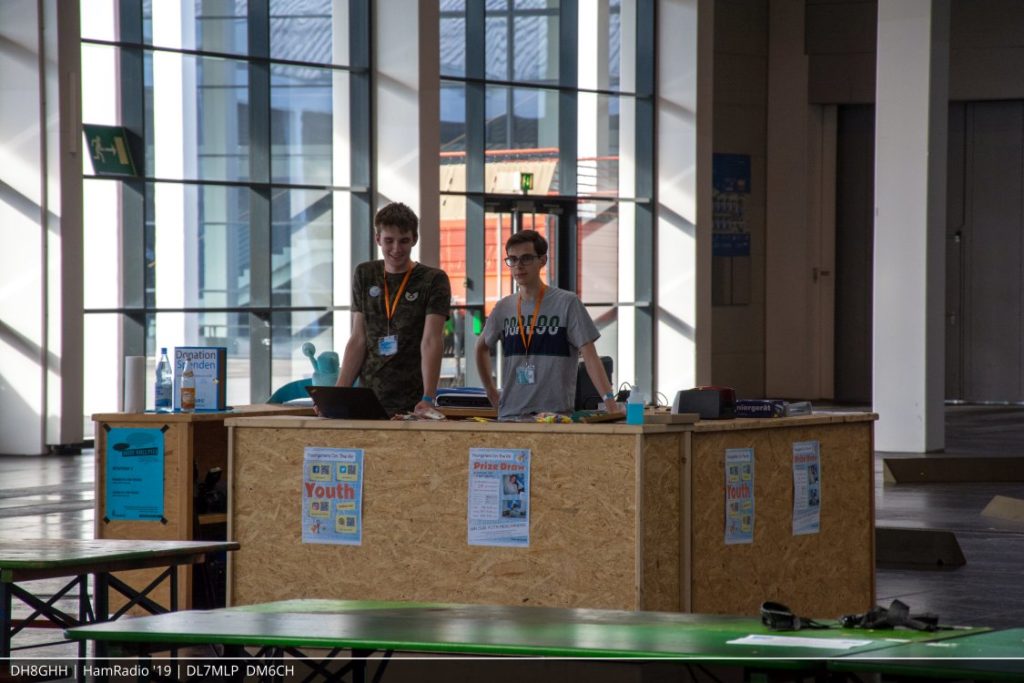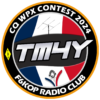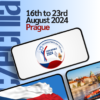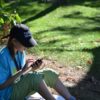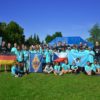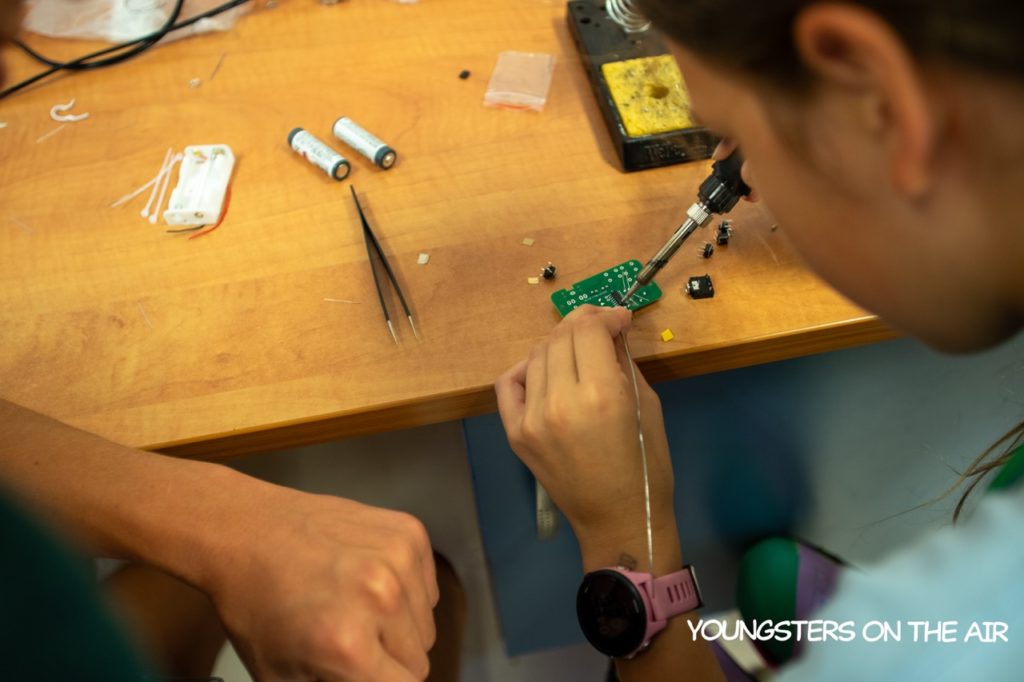
August 9 YOTA Activities: A Day Filled with Radio Adventures
This blog post is written by YOTA Team France.
Early Morning Radios
The day kicked off for Team France with a true dedication to the art of radio communication. Bright and early at 4:30 AM, F4IEY was up and running HA1KHJ station. The thrill of making contact with stations around the world was invigorating, and we made it to reach 2000 QSOs before even sitting down to breakfast.
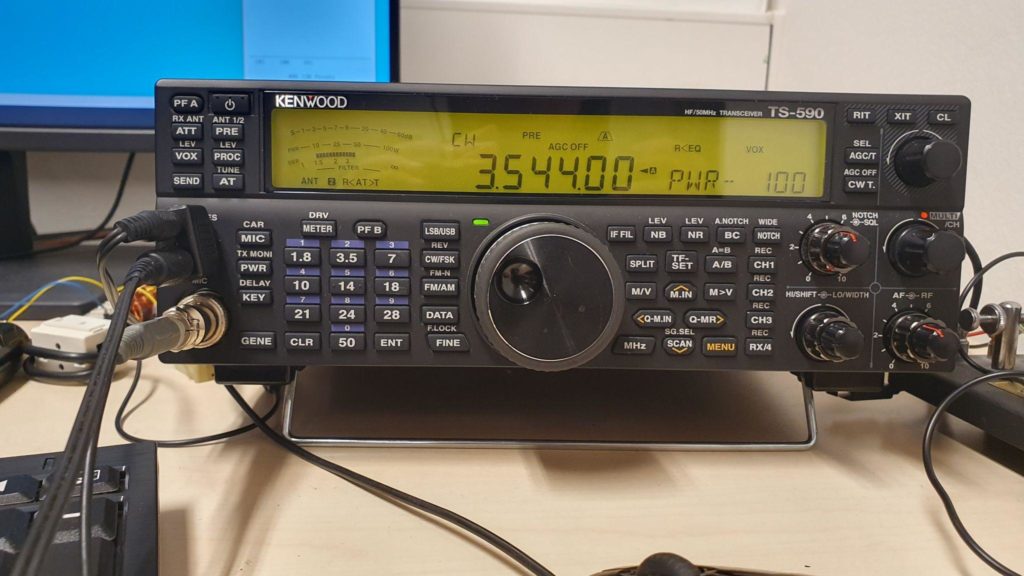
The only band working at 4AM!
Following the morning radio run, we went to the IARU lecture by F4GKR. His ability to connect with the younger generation was palpable, leaving us all inspired and making us understand what IARU is doing for us, as individual hams, and youngsters. As the lectures continued, the energy in the meme channel was contagious, leading to the birth of a fantastic idea – a very soon upcoming presentation about the Meme Appreciation Month
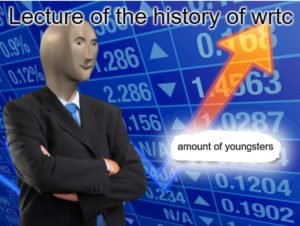
Meme sample from the #memes channel
Afternoon Explorations
The afternoon was marked by a unique tradition – flag pictures. Although the day for this choice remains a mystery (it feels more logical to do this at the end), it provided an opportunity for camaraderie and a bit of light-hearted fun.
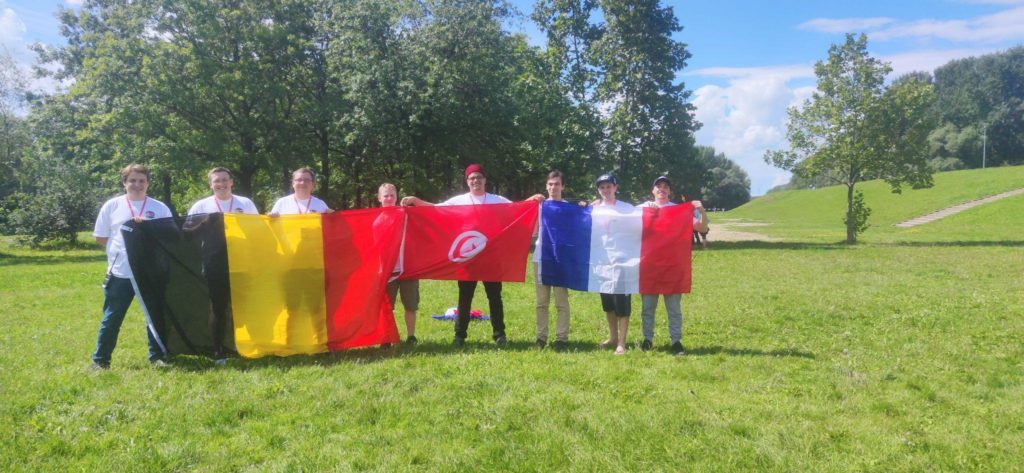
French Speaking Countries
Then I decided to set up my QRP equipment, a 705 paired with a trusty Buddipole. We attempted to activate HG23YOTA on a 40m band with a mere 5W of power. To our delight, the pileup was very real, and against the odds, we managed to log 6 more QSOs!
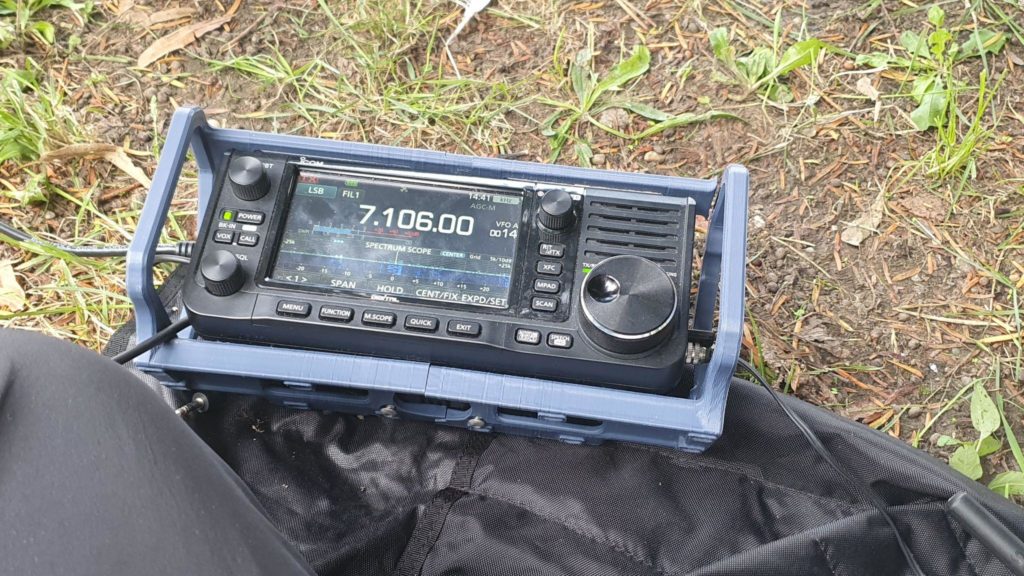
Precious little rig
Adventurous Evening
As the sun dipped below the horizon, the adventure continued. Equipped with headlamps and a spirit of exploration, we embarked on an ARDF (Amateur Radio Direction Finding) challenge under the veil of darkness. Our mission was to locate 5 hidden beacons, and armed with our trusty lights, the journey took on an exhilarating edge.
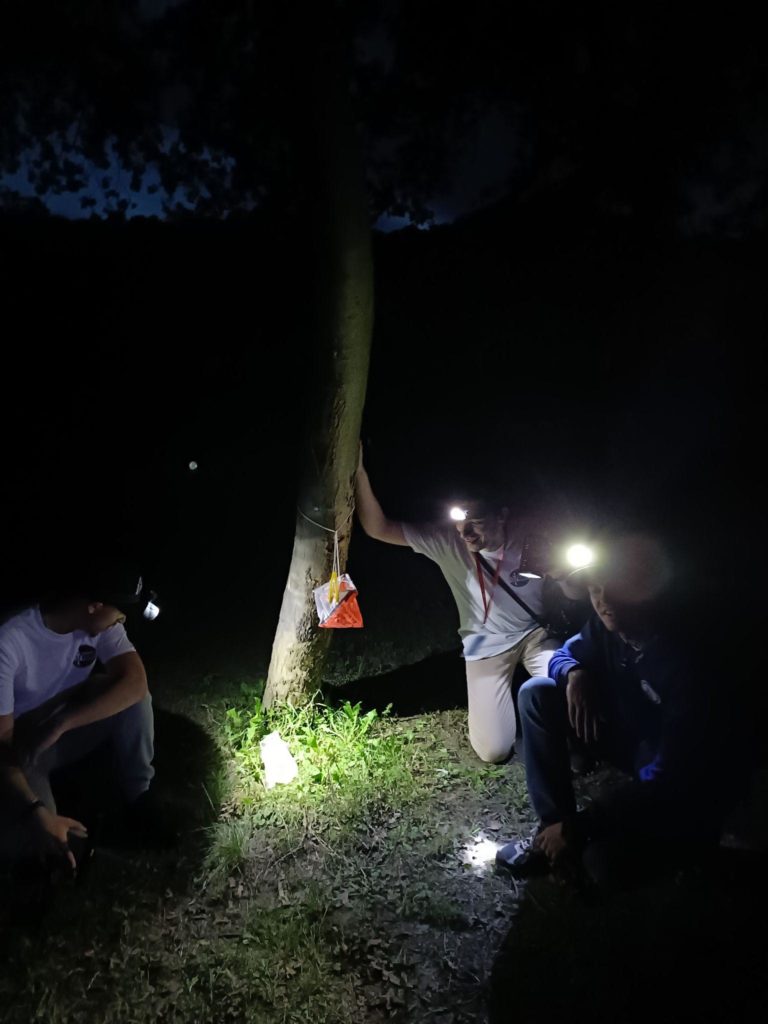
The evening also brought a welcome surprise – the outdoor station was operational. Cheers erupted as successful contacts were made, marking another milestone in our YOTA journey.
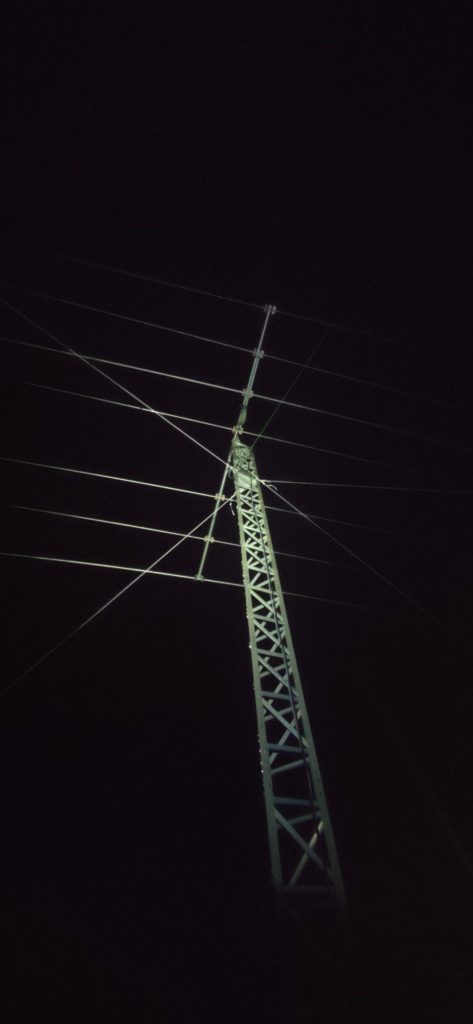 Midnight Magic
Midnight Magic
The day concluded on a triumphant note, with over 600 additional QSOs achieved across a multitude of bands before the clock struck midnight. The dedication and passion of all participants were palpable, underscoring the remarkable community that had formed over the course of our YOTA activities.
73 DE F4IEY / K4IEY Jules – Team France

